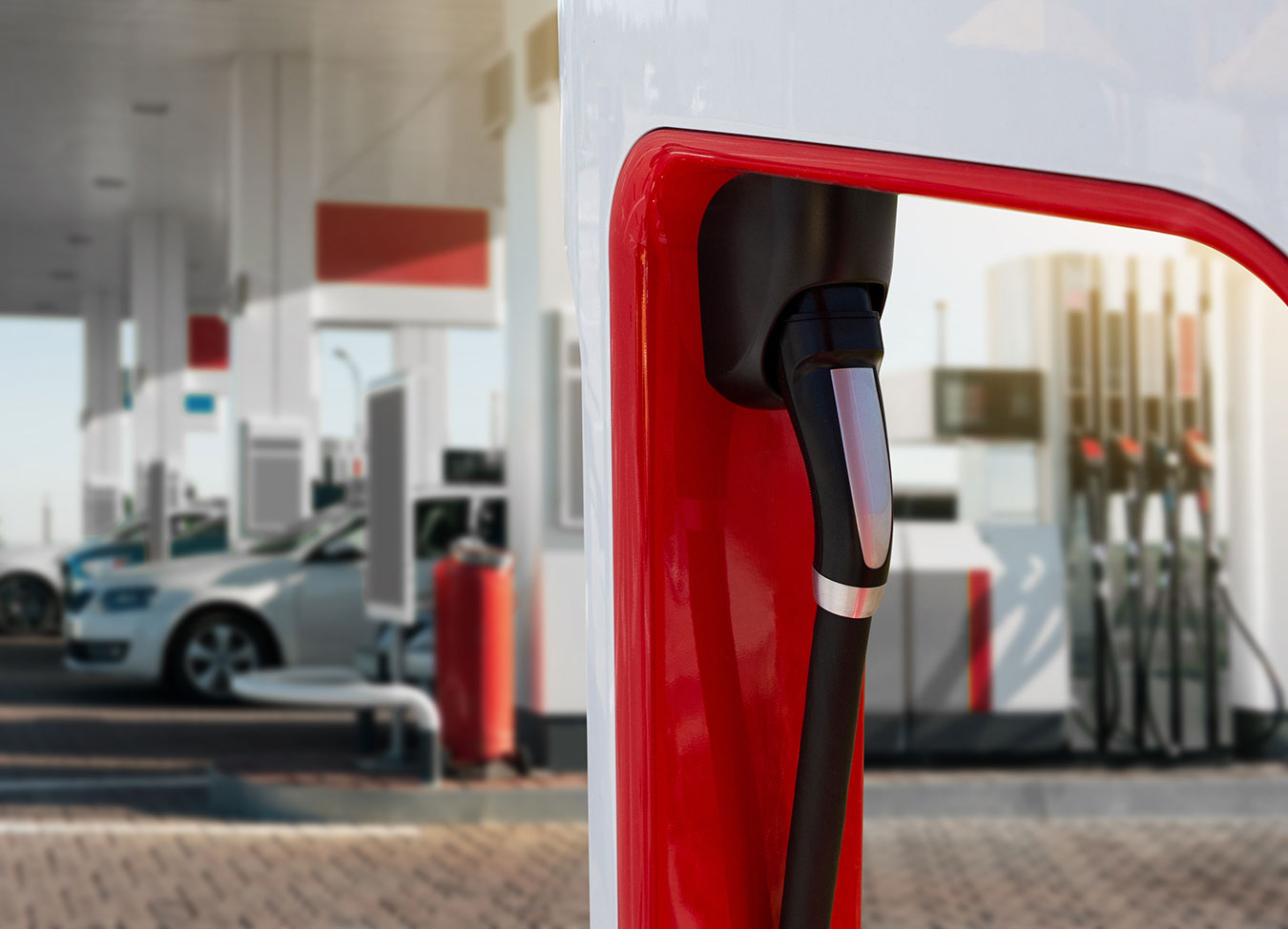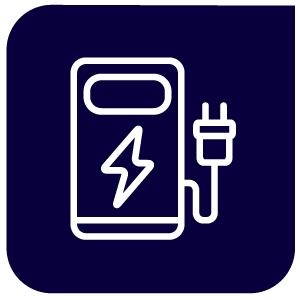
Even as sales of electric vehicles (EVs) continue their steady rise, at least one company is rethinking its investment strategy into the EV market. Car rental company Hertz announced that it was selling 20,000 EVs to purchase gasoline-fueled vehicles instead.
Hertz cited the higher cost of maintenance and repairs for its EV fleet, predominantly consisting of Tesla models, along with lower overall resale values for EVs. In fact, the dropping prices for new EV models has pushed down the price of used vehicles to the point that Hertz anticipates incurring an average loss of $12,250 per vehicle.
Although financial considerations are driving the decision at Hertz, another fundamental issue continues to loom over the future of EVs in the rental market: the lack of EV charging infrastructure. Consumers hoping to get an initial taste of the EV experience through a rental car can be in for a rude awakening.
A lack of charging infrastructure looms large
One of the most common concerns around EV driving is the “range anxiety” that stems from uncertainty about the EV’s battery life and how far it will last before requiring a charge-up. This can be especially unsettling for novice EV drivers who are less familiar with all the factors—including driving style—that can impact battery life.
To put it another way, while it can be thrilling to test the full performance capability of an EV, flooring the accelerator on the interstate can quickly drain the battery. That, in turn, can make longer drives—a staple for many rental drivers—a harrowing experience as they watch the battery level drop in real time without knowing where the next charging station awaits.
The shortage of public EV charging infrastructure can quickly dampen enthusiasm for the EV driving experience. In fact, projections from the National Association of Home Builders (NAHB) note that the United States will require nearly five million EV charging points by 2040—a staggering figure considering there are less than five million charging points across the entire globe today.
Unfortunately, the lack of charging infrastructure remains an obstacle in speeding up the adoption of EVs. But there are some positive signs beyond the current government investment in funding new charge points.
C-stores can fill the void
One of the more surprising answers to this problem could come from an area most consumers wouldn’t expect—convenience store locations that already have fuel pumps. With over 150,000 convenience stores and fuel stations in the US, consumers already rely on these businesses for filling up their internal combustion engine (ICE) vehicles.
Those stations are now competing to become the go-to spot for drivers seeking a similar convenience experience when charging their EVs. One reason to compete for this audience is that early EV adopters tend to be more economically affluent, and they will increasingly need access to public charging infrastructure.
C-stores are a natural place to offer that service—and there’s a lot of potential business up for grabs. The primary difference between consumers pumping gas and those charging their EVs is the longer onsite experience associated with charging. While consumers typically spend four to five minutes for a gas fill-up, they might spend as much as 20 to 30 minutes onsite for a charge-up.
Retailers will essentially have customers who will be onsite longer. As a result, retailers will want to lure those shoppers into their stores to find a comfortable spot to sit down, have a snack, access a clean bathroom, or do more shopping than they normally would. Brands that know how to deliver true convenience can thrive in this environment.
Top chains are gearing up
To start gearing up for these EV consumers, the convenience industry has recently seen an uptick in EV charging infrastructure deployment, such as BP buying $100 million of Tesla chargers to add to their US sites and influential convenience retail brand Wawa adding EV chargers to key locations. Strategic planning is already underway for many brands, with industry experts expecting EV charging to greatly influence the next wave of c-store design.
Even as car rental companies such as Hertz scrutinize their investments in EVs, consumer interest remains high—especially as EV prices continue to fall. Having the right charging infrastructure can go a long way to fueling even faster adoption of EVs. And no industry is better suited to serve that growing consumer segment than convenience retailers.
EV and Convenience

Learn more about EV and convenience with new resources in the EV Hub.


